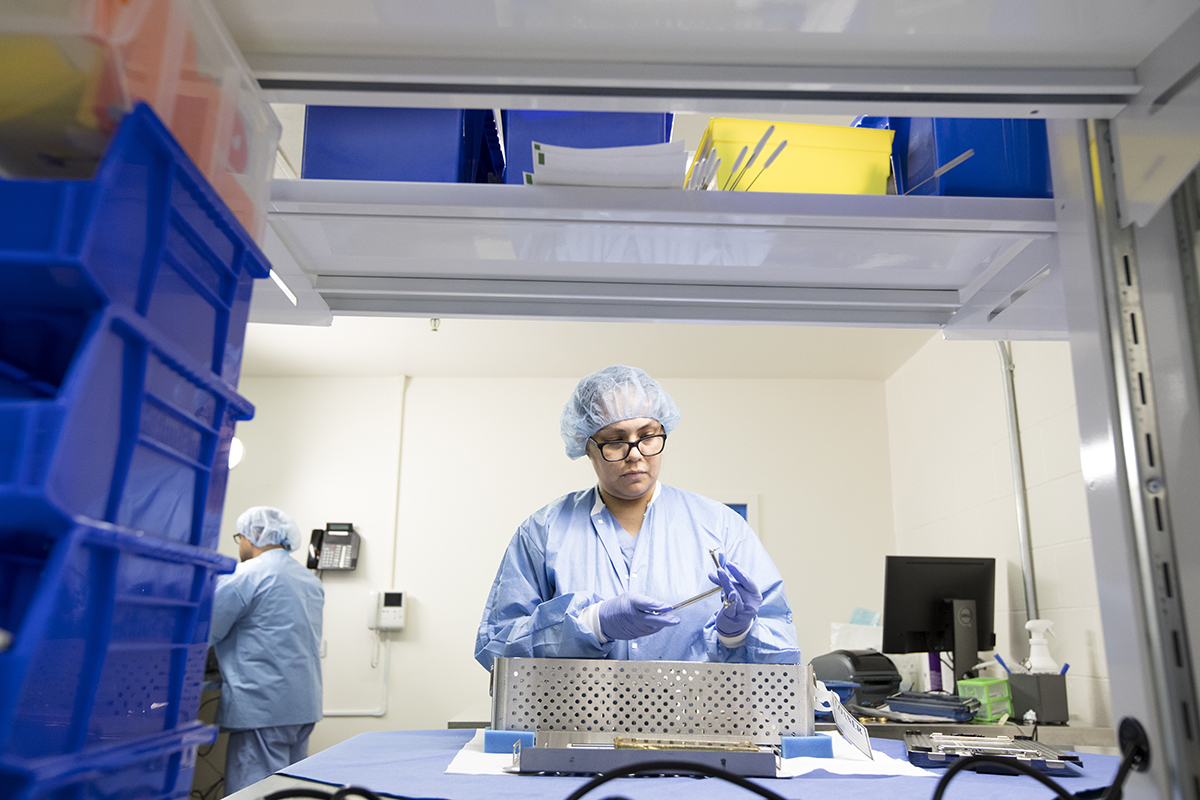
Health care complications and risks to patient safety are multi-factorial and can vary by care setting. Surgical patients, for instance, are exposed to many risk factors during pre-op, intra-op and post-op.
The patient safety journey tries to address preventable risks by viewing the experience holistically, but we cannot overlook those factors that don’t involve the patient directly and often happen before they enter the facility.
Depending on the surgical procedure, many multi-use instruments and devices are cleaned, decontaminated, packaged and sterilized prior to the surgical case.
Despite the existence of multiple evidence-based procedures and guidelines, sterilization departments are challenged: staff turnover, limited resources, aging equipment, evolving recommendations, and, in 2020, add a global pandemic into the mix!
One way to help ensure instrument sterilization remains a successful patient safety strategy despite resource limitations is to streamline and standardize monitoring processes.
In the United States, the American National Standards Institute (ANSI)/Association for the Advancement of Medical Instrumentation (AAMI) ST79:2017 Comprehensive guide to steam sterilization and sterility assurance in health care facilities (Association for the Advancement of Medical Instrumentation, 2017) standard provides clear guidance to address the most important aspects of the steam sterilization process.
In order to help deliver sterile and safe instruments to every patient, and save you time when resources are limited, 3M took best practices from the ST79 standard and streamlined them into four steps for steam sterilization monitoring standardization:
1. Practice equipment monitoring to find out whether your sterilizer is doing its job properly.
To monitor vacuum-assisted steam sterilizers, begin each day with a Bowie-Dick test to detect air leaks, inadequate air removal, inadequate steam penetration and the presence of non-condensable gases, any of which can compromise sterility.
2. Use exposure monitoring products to know quickly whether packs have been exposed to steam during the sterilization process.
This step assures staff handling the items that the pack has been exposed to steam during the sterilization process without the need to open the pack or check load monitoring records.
3. Use pack monitoring to help verify specific exposure conditions have been met.
The use of chemical indicators for internal monitoring of packs, trays, containers and peel pouches verifies the sterilant has penetrated to the point of placement of the chemical indicator in the pack and confirms that specific exposure conditions have been met.
4. Monitor every load with a biological indicator.
Load monitoring is the process by which a load is monitored and released based on the result of a biological indicator (BI) in a process challenge device (PCD). Only a BI can detect the actual killing of microbial spores inside the sterilizer. If all spores die inside the BI, you have assurance that other infectious organisms have also likely died inside the sterilizer.
Sterilization is a complex process, however there are plenty of tools sterile processing department management can use to tackle the challenges sterilization professionals face.
By standardizing sterilization quality control with the right tools, human factor errors can be reduced, potentially improving the outcome of the sterilization process and reducing preventable risks to patients.
3M’s four steps for steam sterilization assurance are available in this handout, and you can find more resources and education in the 3M℠ Health Care Academy.

